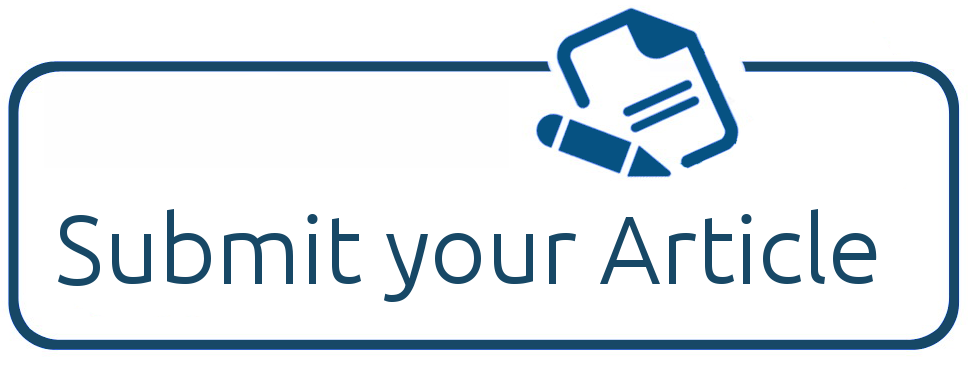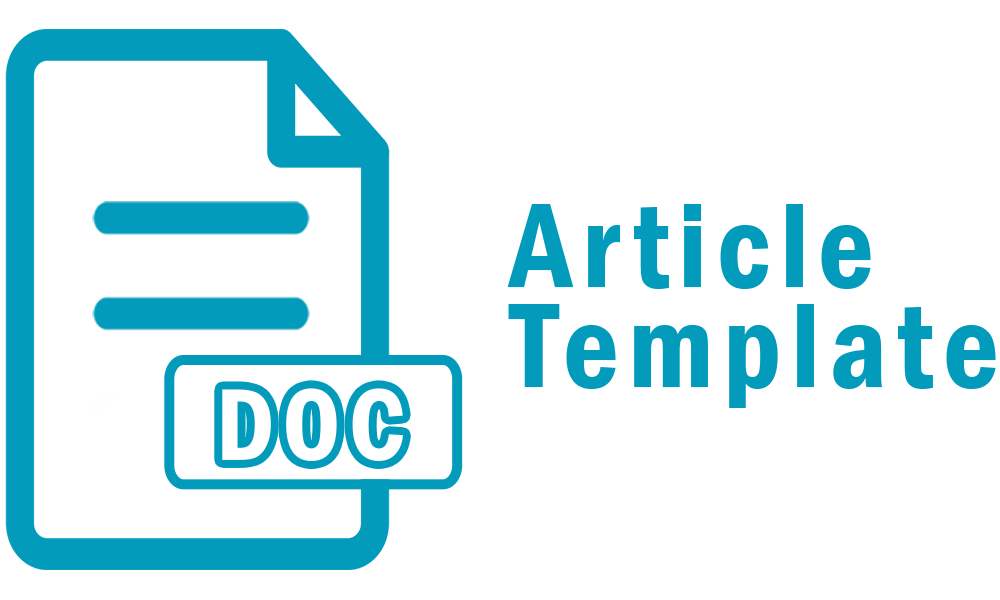The Image of Arabs in European Media
Dimensions, Outcomes, and Treatment Methods
DOI:
https://doi.org/10.58963/qausrj.v1i2.81Keywords:
Arab Image , European Media , Media BiasAbstract
This research explores the portrayal of Arabs in European media and examines how this image is addressed across various media outlets, including news, analytical programs, cultural shows, and talk shows. The study analyzes media coverage to determine the extent of bias or neutrality in representing Arabs and their issues, and how this representation affects political and social relations between the Arab world and Europe. The research utilizes multiple methodologies, such as content analysis and interviews with media experts, to understand the different dimensions of this portrayal and its impact on European audiences' perceptions of Arabs and Muslims. The study also discusses the potential implications of such media coverage on Europeans' understanding of Arab and Islamic issues, while highlighting ways to promote cultural dialogue and understanding between the two sides through media. The research concludes with a set of strategic recommendations for improving the representation of Arabs in European media, focusing on fostering mutual understanding and reducing negative biases and discrimination. These efforts aim to build a more balanced and realistic image of Arabs, ultimately contributing to improved relations and cooperation between Europe and the Arab world.
Metrics
Downloads
References
Abu-Fadil, Magda. (2005). Is coverage of Arabs, Islam good? Western media under scrutiny? Presentation at the IPI World Congress & 54th General Assembly, Nairobi, Kenya, May 21-24. .
Krber, Sebastian. An end to self-centeredness? 1st German-Arab Media Dialogue. Heidelberg. .
Kostoulas-Morikis, Nelly. (2005). Emeriti pre-service teachers' perceptions of Europe and Europeans and their teaching implications. International Education Journal, 2006.
عبد الجبار، محمد. (2005). العلاقات العامة وفنونها. دار اليازوري العلمية للنشر والتوزيع. ISBN: 978-9957-13-321-2.
Abd Al-Jabbar, Mohammed. (2005). Public Relations and Its Arts. Al-Yazouri Scientific Publishing and Distribution. ISBN: 978-9957-13-321-2.
عبد الجبار، محمد. (2007). موضوعات إعلامية. دار اليازوري العلمية للنشر والتوزيع. ISBN: 978-9957-13-722-7.
Abd Al-Jabbar, Mohammed. (2007). Media Topics. Al-Yazouri Scientific Publishing and Distribution. ISBN: 978-9957-13-722-7.
عبد الجبار، محمد. (2003). تحليل مضمون. دار الكتاب الجامعي. ISBN: 978-9957-11-222-6.
Abd Al-Jabbar, Mohammed. (2003). Content Analysis. University Book House. ISBN: 978-9957-11-222-6.
المنظمة العربية للعلوم. (1994). الإعلام العلمي والجمهور. تونس: المنظمة العربية للعلوم.
Arab Organization for Science. (1994). Scientific Media and the Public. Tunis: Arab Organization for Science.
حمزة، عبد اللطيف. (1990). الإعلام في صدر الإسلام. القاهرة: دار الفكر. ISBN: 978-977-09-0543-8.
Hamza, Abdul Latif. (1990). Media in Early Islam. Cairo: Dar Al-Fikr. ISBN: 978-977-09-0543-8.
فضاء الإعلام. (1994). سلسلة الدراسات الإعلامية. الجزائر.
Media Space. (1994). Media Studies Series. Algeria.
عبد الجبار، محمد. (1998). ثورة المعلومات وأبعادها الاتصالية والتربوية: دراسة. دار الفكر العربي. ISBN: 978-9957-01-123-7.
Abd Al-Jabbar, Mohammed. (1998). The Information Revolution and Its Communicative and Educational Dimensions: A Study. Arab Thought House. ISBN: 978-9957-01-123-7.
غندور، صبحي محمد. (1999). الترهيب بصدام الحضارات بالعولمة. المركز الثقافي العربي. ISBN: 978-9953-01-032-2.
Ghandour, Sobhi Mohammed. (1999). Terrorizing with the Clash of Civilizations and Globalization. Arab Cultural Center. ISBN: 978-9953-01-032-2.
رضا، محمد. (1999). بين عصرين إعلاميين. مجلة الشاهد، 12(2)، 45-55.
Reza, Mohammed. (1999). Between Two Media Eras. Al-Shahid Journal, 12(2), 45-55.
علي، نبيل. (1994). العرب وعصر المعلومات: قراءة أولية. مجلة العربي، 44(523)، 67-79.
Ali, Nabil. (1994). The Arabs and the Information Age: A Preliminary Reading. Al-Arabi Magazine, 44(523), 67-79.
Downloads
Published
Issue
Section
Categories
License
Copyright (c) 2006 Queen Arwa University Journal

This work is licensed under a Creative Commons Attribution 4.0 International License.













